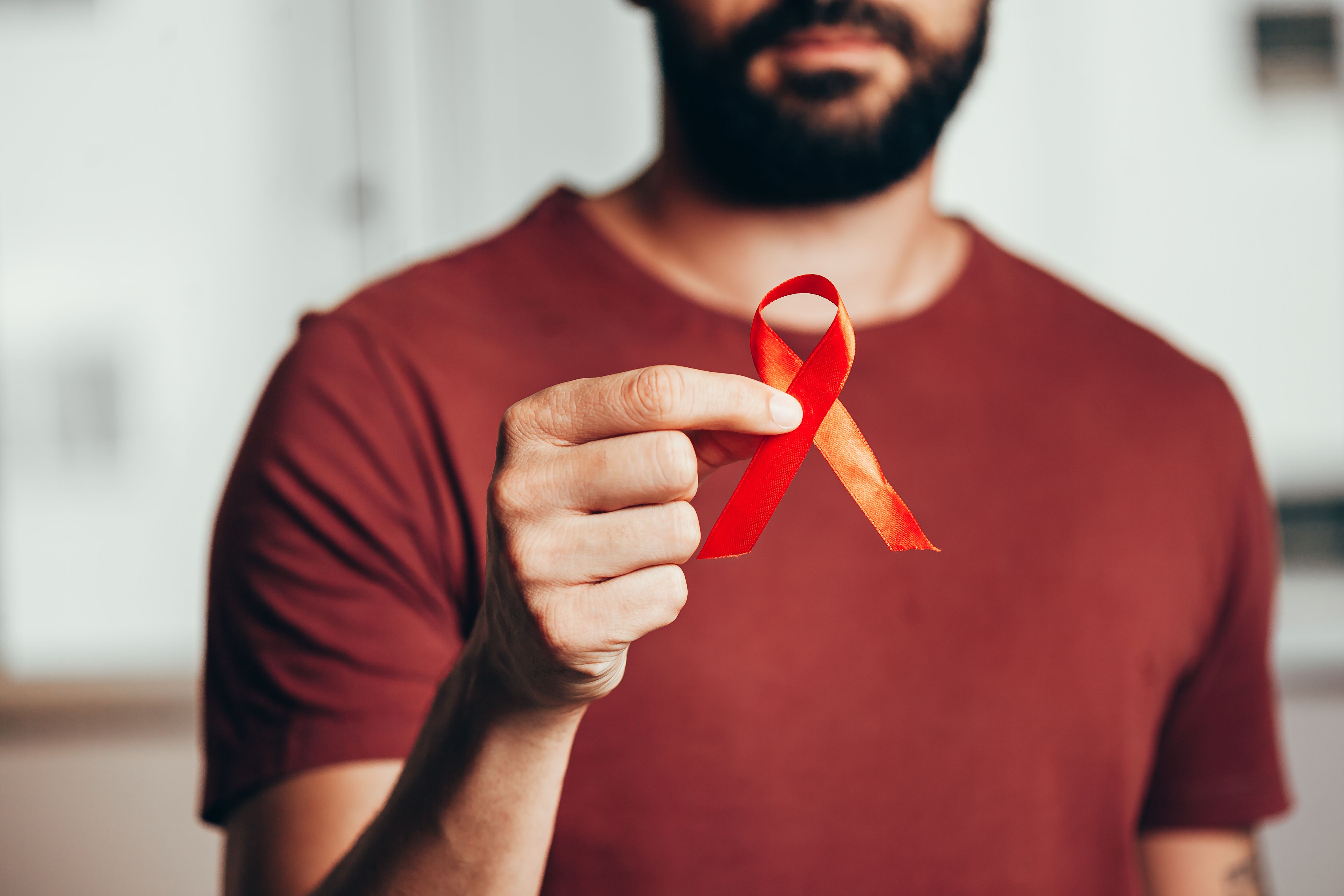Lifetime Risk of HIV Diagnosis in the US, Broken Down Demographically
Though HIV diagnoses have declined overall, new infections still disproportionately occur in certain racial, ethic, gender, and geographic populations.

Worldwide, new HIV infections have been steadily declining. However, the risk of contracting HIV in the US over the course of one’s life is unclear, especially across population demographics.
One study presented virtually this morning as part of the 2022 Annual Conference on Retroviruses and Opportunistic Infection (CROI) sought to estimate the lifetime risk of HIV diagnosis. The study, presented by lead author Sonia Singh, PhD, stratified the likelihood of HIV infection by sex, race, ethnicity, and geographic residence.
Singh and fellow investigators, Xiaohong Hu and Kristen Hess, used census data to estimate the risk of HIV infection and mortality across populations, calculating the probabilities of HIV diagnosis by age. The investigators utilized the National HIV Surveillance System (NHSS) for data on the number of HIV diagnoses and non-HIV deaths from 2017-2019. They analyzed lifetime risk estimate with DevCan 6.7.3. The lifetime risk of HIV infection was the cumulative probability of HIV diagnosis from birth.
From the 2017-2019 US data, the investigators estimated the lifetime risk of HIV diagnosis was 1 in 120 overall, 1 in 76 for men, and 1 in 309 for women. Men were more likely than women to contract HIV at every age.
Broken down by race and ethnicity, the risk of lifetime HIV infection for men was 1 in 27 for Black persons, 1 in 50 for Hispanic/Latinx persons, 1 in 89 for Native Hawaiian/Pacific Islander persons, 1 in 116 for American Indian/Alaska Native persons, 1 in 171 for White persons and 1 in 187 for Asian persons. For women, the lifetime incidence rate was 1 in 75 for Black persons, 1 in 287 for Hispanic/Latinx persons, 1 in 435 for American Indian/Alaska Native persons, 1 in 611 for Native Hawaiian/Pacific Islander persons, and 1 in 874 for White persons.
Lifetime risk of HIV infection decreased for all groups except for American Indian/Alaska Native, Hispanic/Latinx, and Native Hawaiian/Pacific Islander males, as well as White females (as determined in comparison to 2010-2014 HIV rates). By US geographic region, HIV infection was most likely in Washington, DC (1 in 39) and least likely in Wyoming (1 in 655).
Overall, in the US and across the globe, HIV diagnoses have decreased for men and women. However, looking across race and ethnicity, populations that have historically faced healthcare inequities had disproportionate rates of HIV infection. The investigators stressed the need for continued advancements in HIV prevention and treatment to combat these persistent infection disparities.
The study, “Estimating the Lifetime Risk of a Diagnosis of HIV Infection in the United States” was presented virtually during the 2022 Annual Conference on Retroviruses and Opportunistic Infection (CROI).
